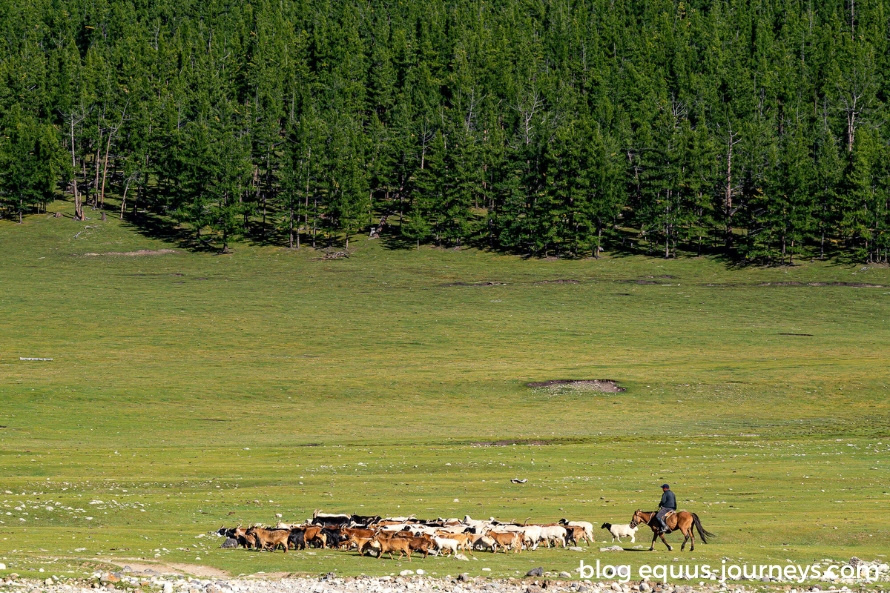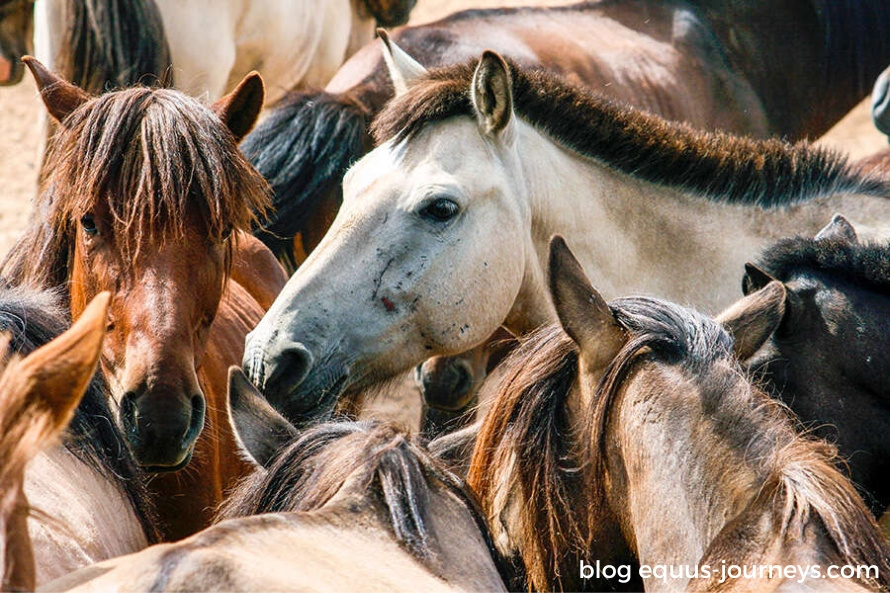
Scythians - The Horsemen of Eurasia
Through the ages, horses have been a
faithful companion and instrumental in the rise of many civilisations. In this
blog post, you will learn more about the Scythians, the ancient Eastern Iranian
nomads who migrated from Central Asia to the Pontic Steppe.
From the beginning...?
The Scythians were a
nomadic people who inhabited the Eurasian steppes somewhere from the 9th to the
1st century BCE. Although oftentimes referred to as one tribe, the Scythians
were a diverse yet culturally related group composed of many tribal units – such
as the Royal Scythians, the Alazones, or Callipidae. Each group lived within a
particular area and had slight differences in their way of life. Not all tribes
were fully nomad, and instead only adopted a semi-nomadic lifestyle. While committing
to such lifestyles, the Scythians had a complex social and political organisation,
with a well-defined hierarchy, laws, and customs. Within each tribe was a leader,
followed by nobility, and at the lower level of their society were the
commoners.
The life of the Scythian
tribes very much revolved around their herds of cattle. They moved around in
order to find suitable pastures, water, and shelter.
Aside from being remarkable
horsemen and archers, the Scythians were also known for their metalworking
skills and their intricate gold, jewellery and ornaments. They traded
extensively with neighbouring tribes and were a significant cultural and
economic force in the region.
The Scythian lifestyle was adapted to the harsh
environment of the steppe, which enabled them to thrive and maintain their
cultural identity for centuries.

Skilled Horsemen
The Scythians were skilled
riders who had a deep understanding of horse behaviour and psychology. They
were able to communicate with their horses in a way that allowed them to
control them with incredible precision. This connection helped them develop certain abilities, such as shooting arrows and throwing
spears (often riding bareback!). The tribes relied on their horses for a
variety of purposes, including transportation, hunting, and warfare. Riding on
horseback allowed them to move quickly and effectively across the steppes. This
mobility turned out to be a key advantage in battle, as Scythians were able to
outmanoeuvre their enemies and strike from unexpected directions.
The Horses
It is said that the
Scythian horses were on the smaller side and could reach great speeds. Though
the majority of the animals that made up the herds were Mongolian ponies and
Przewalski horses, evidence leads experts to believe that the Ferghana horse
could have also been around at that time.
In order to better meet
their needs, the Scythians also took on the art of horse breeding. They
selectively bred horses for specific traits, such as endurance, and strength.
Overtime, these horses became a source of interest among neighbouring tribes
and so Scythians began trading them which helped to establish their reputation
as outstanding horsemen.
The Scythian’s equestrian
traditions and horse culture were an essential part to their way of life, and
they majorly influenced the development of modern horsemanship and cavalry
tactics. While over time the role
horses play in our daily lives may have changed, the bond between Man and horse
remains strong.

More information...
To find out more about our rides, please visit our website. You can also contact us directly at info@equus-journeys.com or give us a call on +44 (0)1905 388 977
